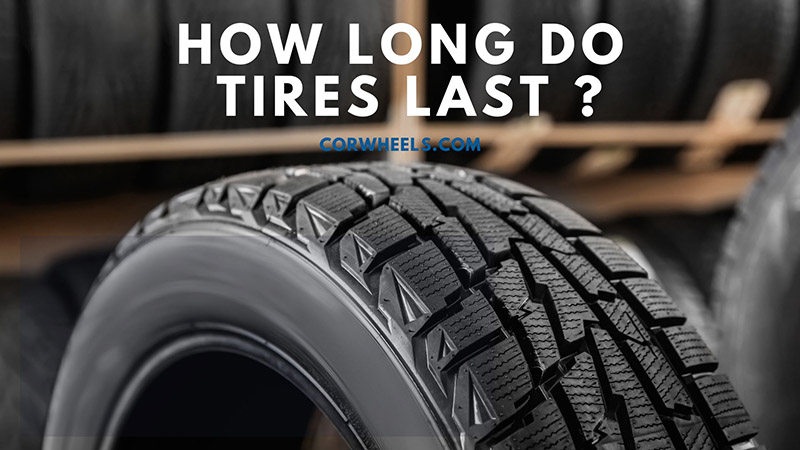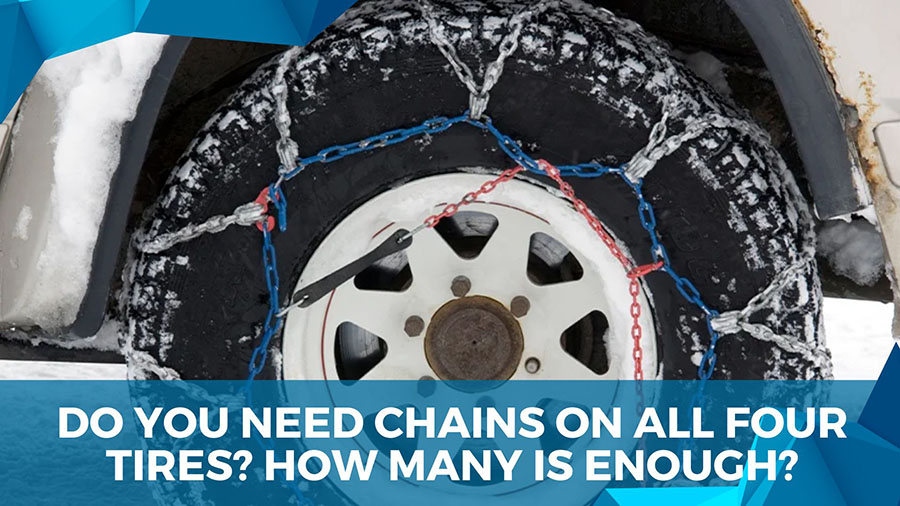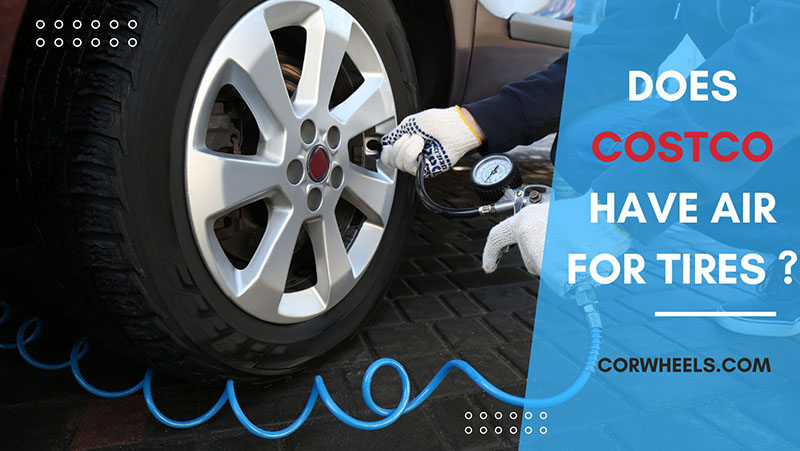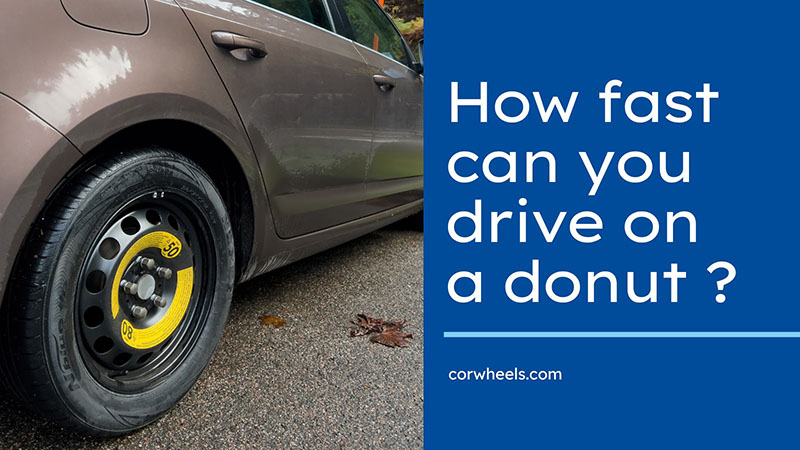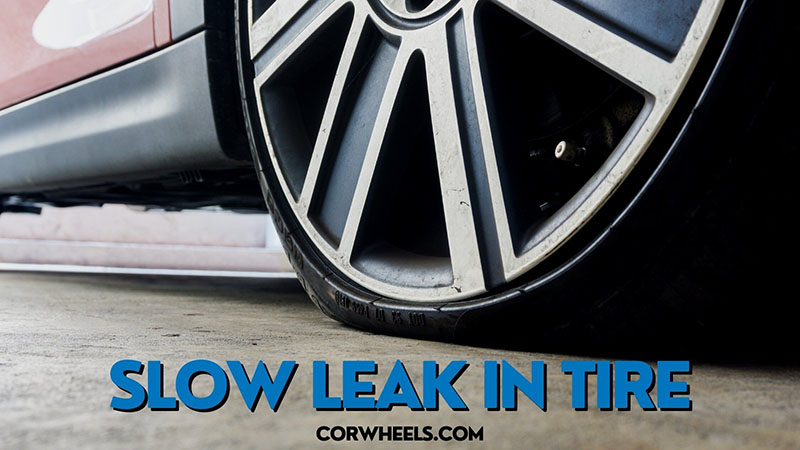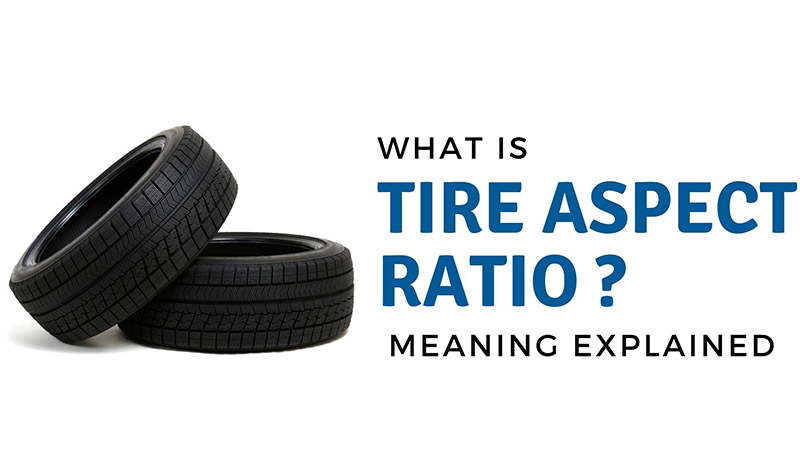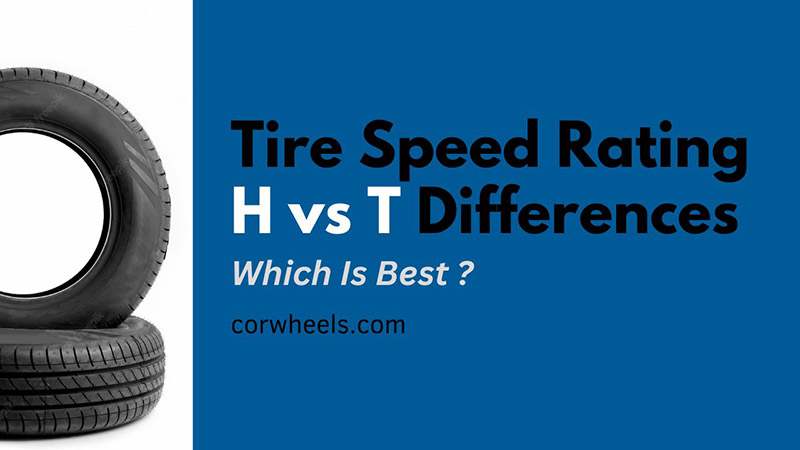Can you imagine never changing or replacing tires for the rest of the car’s lifespan?
Considering even high-quality tires wear down eventually, that’s a foolish move. What a smart driver should do is gain critical insight into the tire’s average lifespan and recommended intervals for replacements, ensuring seamless, no-hassle operation for the car under every circumstance.
As an experienced Jeep driver, I certainly can lend you a helping hand with that.
In this article:
How Long Do Tires Last?
Regular tires are expected to last 4-5 years – roughly between 60,000 and 75,000 miles . This estimation is based on the average annual miles in the US – 14,263 miles (According to The Zebra).
Of course, there are thousands of other trucks and cars either exceeding or falling short of the 75,000-mile limit.
That is understandable; after all, many factors play a critical role in deciding how many miles tires are good for. Here are some of them:
1. Tire Pressure
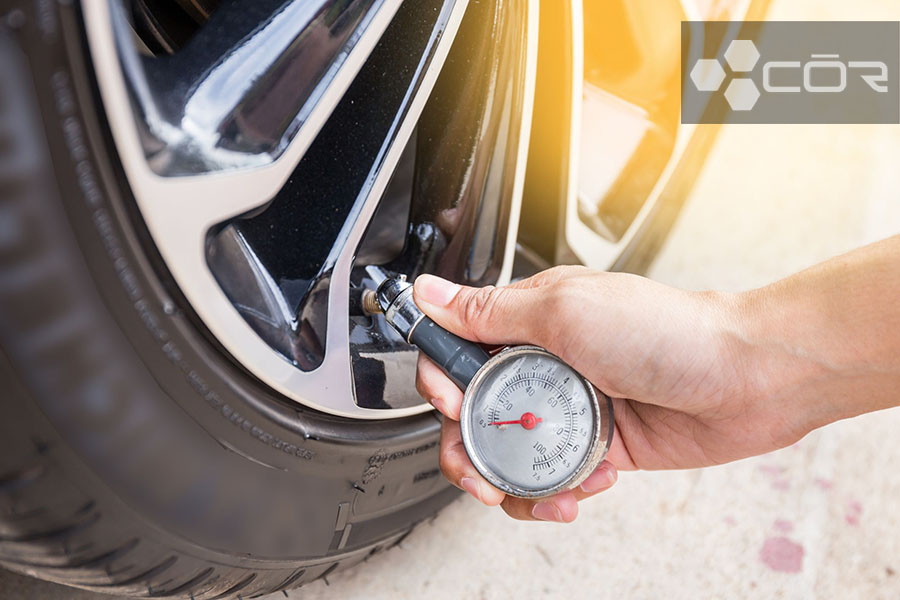
No tire can deliver optimal performance without proper air pressure.
Almost every vehicle manufacturer specifies recommended tire pressure for its models. You can spot such information in the car’s manual that arrives upon purchase, measured in PSI (pound per square inch, the most popular unit for air pressure assessment).
Why is tire pressure so important? It deflates at least 2 PSI every month – and only worsens in extreme weather. Try to make it one of your top priorities to check the PSI at least once per week.
2. Wheel Alignment
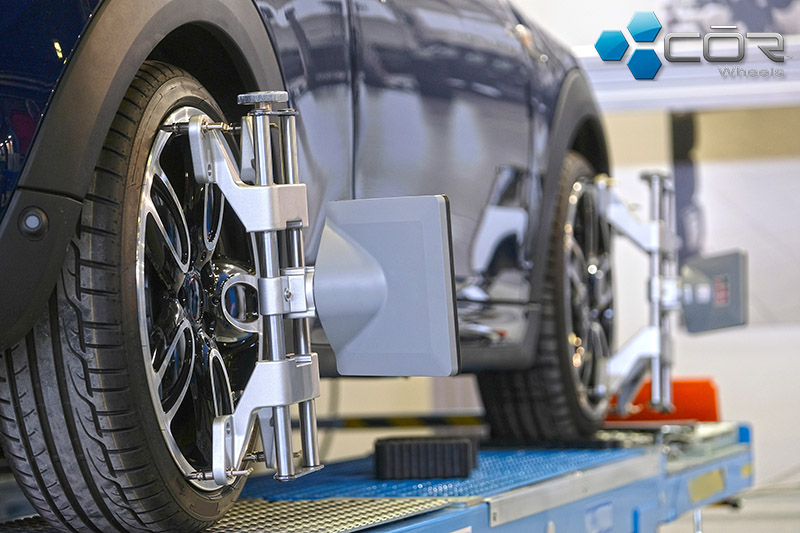
Wheel alignments also account for the car’s tire lifespan. If your car keeps pulling to the right or the left – even when you drive straight – problems with the car’s alignment are clearly at play. Suspension wear, excessive steering, potholes, and rough pavements are the most cited reasons for this headache-inducing matter.
Failure to address it on time results in irregular and faster tire wear/ Hence, I often bring my Jeep to tire shops for quick fixes as fast as possible. The technicians would take my Jeep in for a thorough steering and suspension adjustment, ensuring lesser and more even tire wear.
3. Wheel Balancing
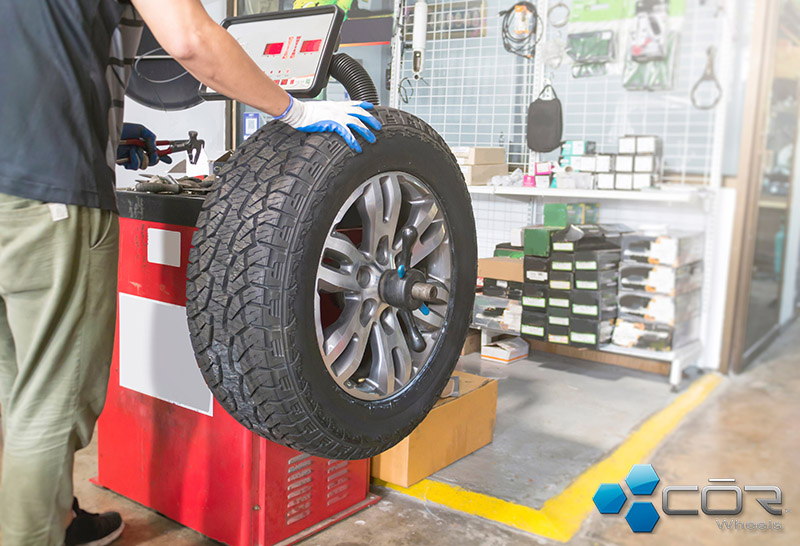
Improper wheel balances are able to crash you into a fatal accident.
Strong, violent steering wheel vibration is a tell-tale signal of off-balance wheels, causing premature tire wear in the suspension, rotating, and steering components.
I tried to balance my Jeep tire models at home once; however, after I took them to the highways, the installed weights on the alloy rim got loose and made the entire car wobble again.
That’s why it’s best to have it done at tire shops; technicians there would use small weights to balance out heavier parts of your wheel and tire assembly through precise balancing machines, reducing error risks.
Balanced wheels bring forth swift driving experiences, extending your vehicle’s tire life as a result. Always include it in your maintenance schedule!
4. Tire Tread Wear
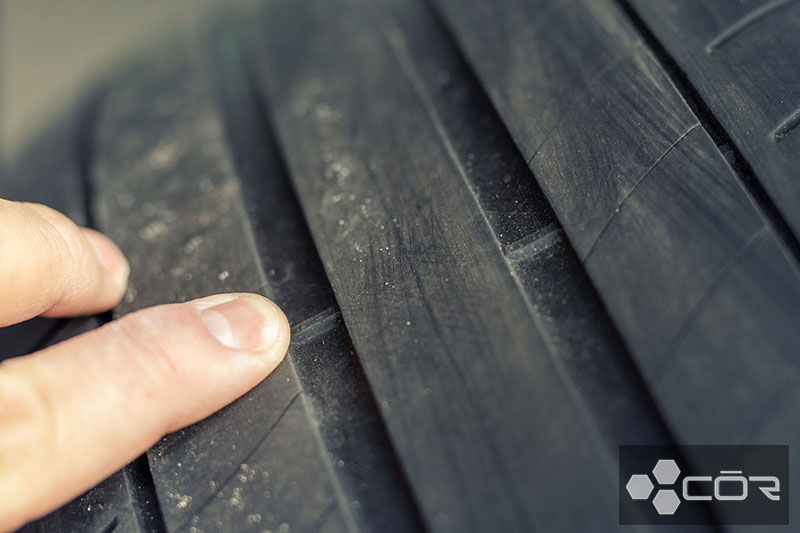
There are tread depth indicators on tires to indicate its furthest wear limit.
When tires are still new, their tread patterns are around 8mm, with great water-dispersing ability. However, as their treads decrease over time, the dispersion reduces, making the tire more vulnerable to moisture, rain, and excessive temperature.
Thus, remind yourself to replace your tires before their tread reaches the wear bar limit unless you want to invite unexpected collisions on the dirt road.
5. Others
High-Speeding and Overloading: Both pose immense dangers to both the tires and your own life; as uneven tire wear is always a threat, complete tire failures and blowouts are only a matter of time.
Environmental/Road Conditions: Smooth roads pave the way for better tire balance. Bumps, cracks, and off-road terrains, on the other hand, deteriorate the road tires faster.
Extra Tips To Make Your Tires Last Longer
- Keep an updated and proper tire maintenance schedule that covers all influential factors I mentioned above (wheel balancing/ alignment, tire rotations, PSI, etc.)
- Never keep driving with flat tires. Stop the car and fix the problem before proceeding with your trip.
- Stay alert while parking; do not scrape the tire’s side walls or shoulders against the curb. It’s best to park on a dry surface and away from direct sunlight.
- Avoid potholes and gravel roads at all costs.
- Pay attention to storage conditions: put away the tires in a clean, dry, cool area with little sun to slow their aging. Wipe off gasoline, grease, and other substances, too, if there are any.
- If you are about to leave the car unused for longer than one month, remember to remove your car’s tires or raise the vehicle above the ground with a jack. That way, the tires will not suffer from permanent flat spots.
How Can You Know When Your Car Needs Replacement Tires?
As mentioned, not all tires can reach the average useful life (60,000 to 75,000 miles), while some even go beyond that range. That’s why some red flags to remind you of replacement will come in handy.
The most convenient solution is to perform a “penny test” at least once per week. Just place the penny between the tire treads upside down. The Lincoln’s head being visible is a cue for you to take your car to service centers for tire replacements.
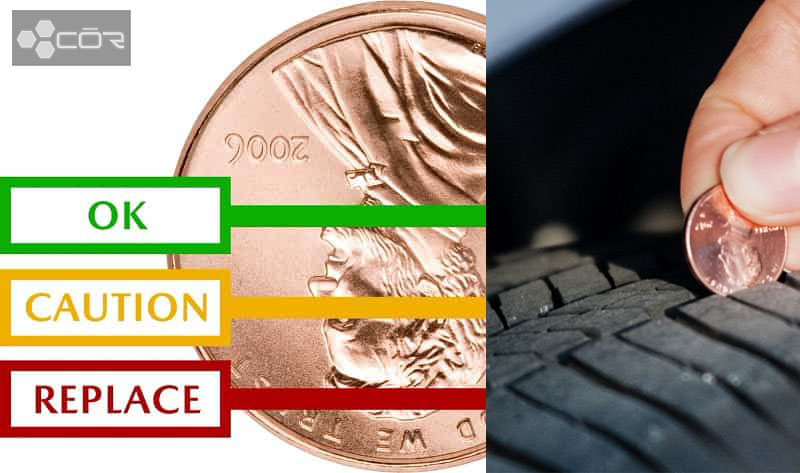
Other palpable symptoms to look out for are:
- Irregular wear
- Abnormal sidewall bubbles, bulges, or cracks
- Vibration in your steering wheel
- Dry tire rots
- Strange noises when driving
Where To Do Tire Service to Make It Last Longer?
Fortunately, tire service chains are extremely on the rise; but so far, these brands are receiving positive feedback:
- Jiffy Lube
- Discount Tires
- Firestone
- Pep Boys
- Walmart
You can buy tires or enjoy some services there, like tire rotation, inflation, patching, etc.
FAQs
Are 5-Year-Old Tires Still Good?
Yes. As I previously said, tires are expected to last about 4-5 years. Those traveling less than me can stretch their tires even longer than that.
Should I Replace All Four Tires?
Yes, that would be for the best. Otherwise, misalignment/uneven wear issues are to be expected.
Conclusion
I hope my concrete answers have addressed all your concerns.
While no type of tires and cars are identical, keeping these one-size-fits-all instructions in mind would surely extend the tires’ shell life beyond the tire manufacturers’ estimation. If you struggle with your current vehicle, I’m always here.

